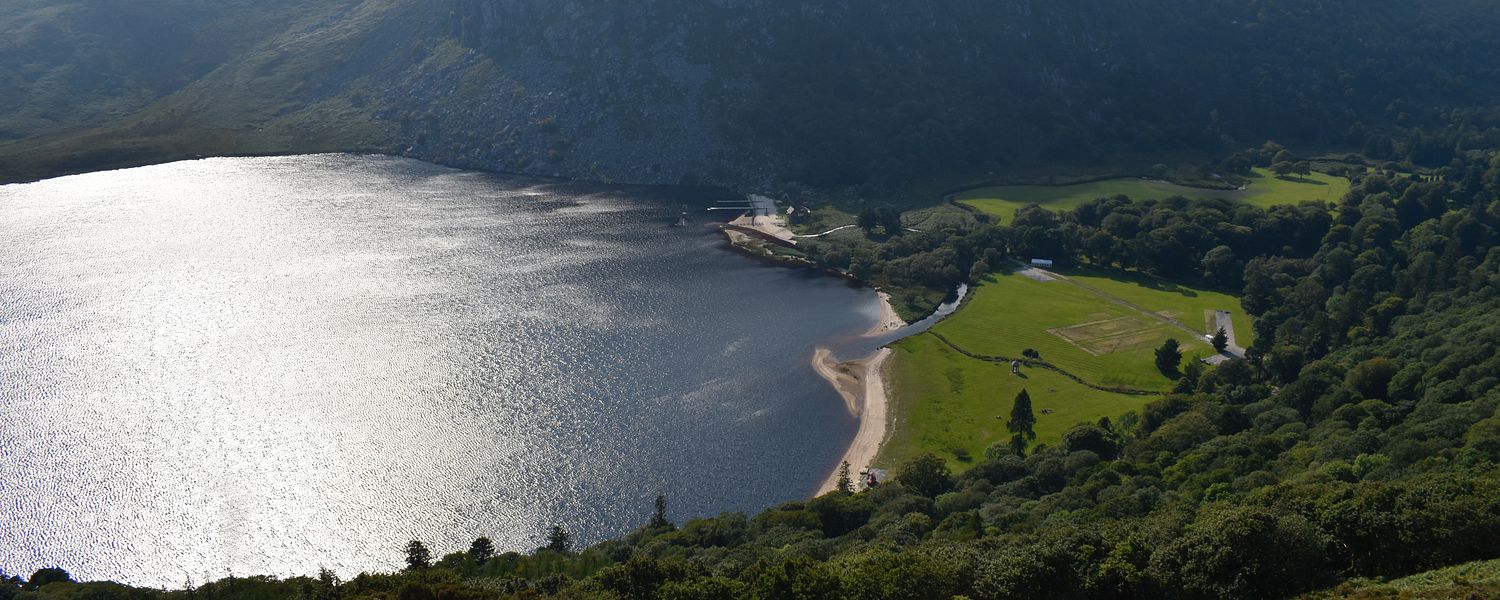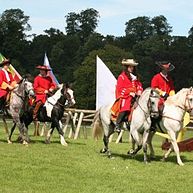The counties of Kildare, Laois, Louth, Meath and Wicklow that surround Ireland’s capital city are packed with beautiful heritage sites, welcoming towns and activities. With glistening lakes, tranquil rivers, authentic rural life, scenic pastureland, rolling hills and forest parks, this area is a haven for outdoors enthusiasts with cycling, watersports, walking, angling, golfing, horseback riding and cruising all in plentiful supply.
Facts
| Currency: |
1 Euro = 100 cents |
| Hotels: |
Hotels » |
| Emergency numbers: |
In Ireland the general Emergency Telephone number is 999 or 112 — no coins required in telephone coin boxes.
These numbers will alert the appropriate service – Fire, Gardaí (Police), Lifeboat, Coastal, Mountain & Cave Rescue Services |
| Newspapers: |
Irish Examiner: www.irishexaminer.com
The Irish Times: www.irishtimes.com
Irish Independent: www.independent.ie
Evening Herald: www.independent.ie/regionals/herald |
| Website: |
www.discoverireland.ie
www.visitdublin.com |
| Opening hours: |
Shops are usually open from 9am to 6pm. Expect businesses to stay open later on Thursday evening. |
| Tourist information: |
Brú na Bóinne Visitor Centre (Newgrange & Knowth)
Glebe, Donore, County Meath
+353 41 988 0300
Dundalk Tourist Information Office
Magnet Road, Townparks, Dundalk, County Louth
+353 42 935 2111
Wicklow Tourist Information Office
Rialto House, Fitzwilliam Square, Wicklow
+353 404 69117 |
Read more







